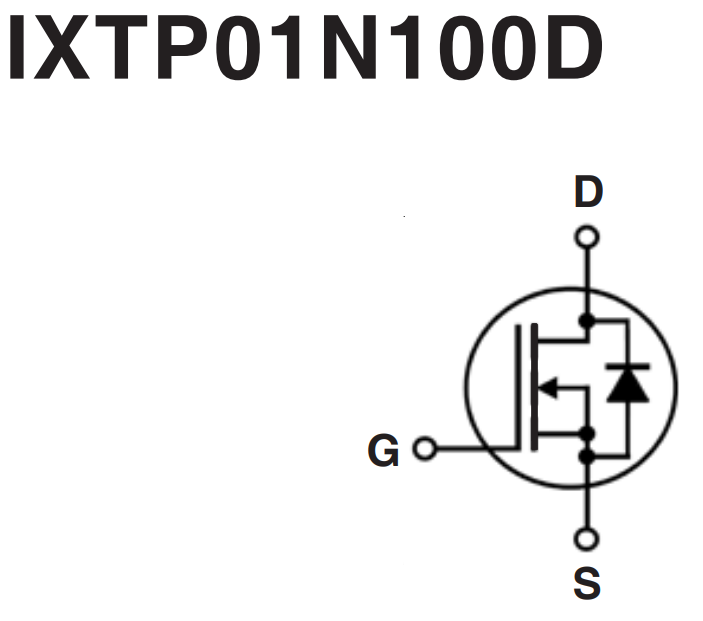A2029
Member of the Trade: 1101 AudioFormerly known as swich401
So the battle of the bands, er CCS's, has been raging with interesting results as we try different configurations and FET's in different configurations.
Right now as I type this I've just updated the primary bias adjustment CCS's, which sets the bias for both the driver and output tubes, using dual Supertex DN2540 DMOS FET's instead of using the 900v IXCP10M90S as the 'input' FET, and a 2540 as the 'output' FET.
Translated that means using the 2540's 'back to back' works better than mixing different FET's.
As long as the B+ is under ≈ 450VDC
The last experiment resulted in a very slow to reach full voltage and current setup, while this new approach has cut the 'settling time' down to ≈ 15-30minutes, down from 1-2 hours.
And so far it seems more stable and more 'linear', both of which are good signs.
But as usual it will take a few thermal cycles to see how well it all settles down, and then evaluate the results.
JJ
Give a try to a IXTP01N100D as the top device, those are really nice (but very expensive) depletion mosfets for that position. For the bottom device, give a try to the DN2540, IXTP01N100D, or even a BSS159 (best stats), in combo with the IXTP01N100D as the top.

































